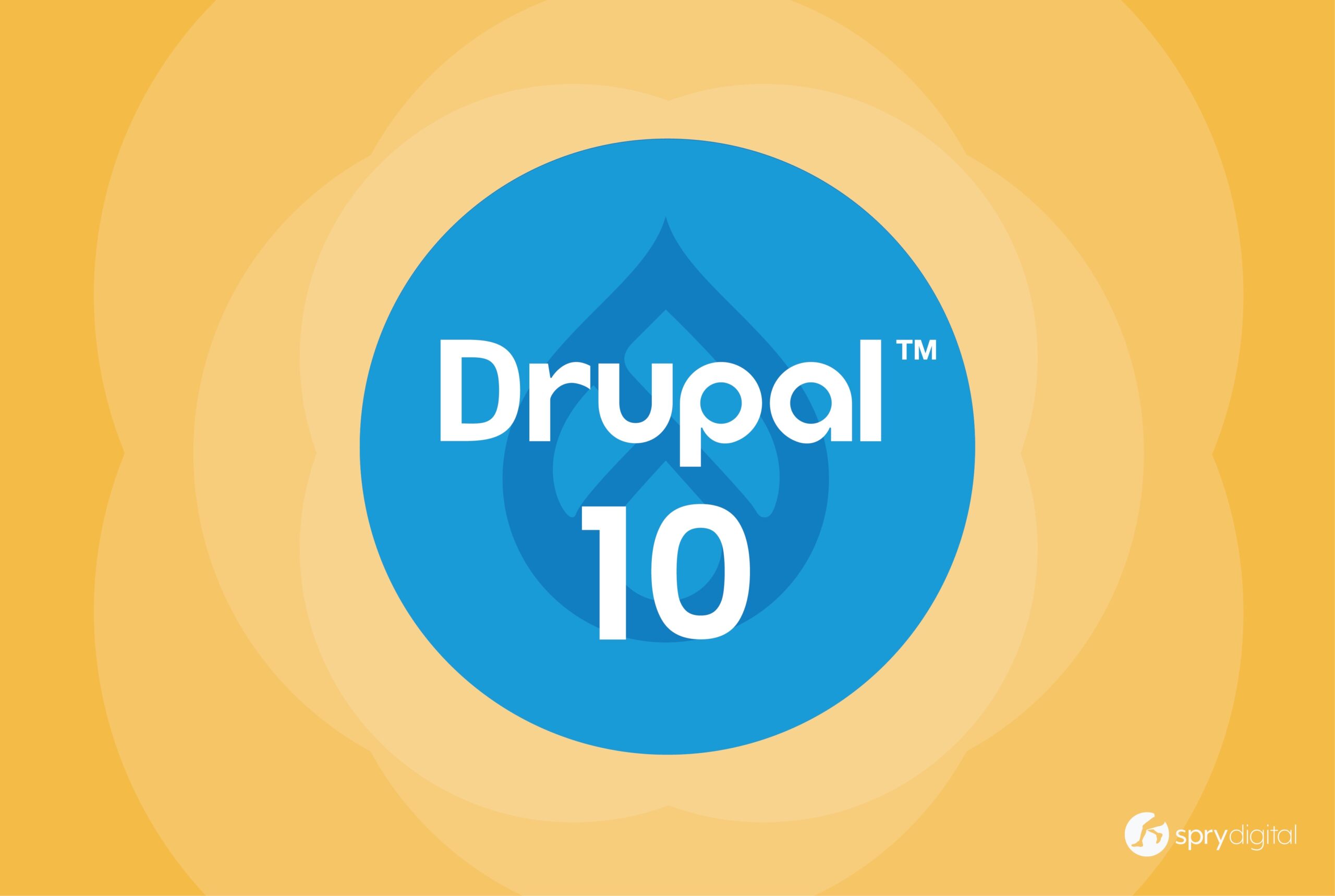Drupal Upgrade: How To Prepare For Drupal 10

Updated July 2023
There’s no better time than the present to review and plan for the future. If you maintain a Drupal site, understanding the upcoming release cycles will give you the knowledge to plan the time and budget for keeping your site up-to-date and secure. Since new features are being added to the many upcoming releases, there are opportunities to grow and extend your site next year.
Drupal 10 was released in December 2022, and just like in 2021, that means there will be three different supported versions of Drupal for significant portions of the year. With Drupal 8 just recently deprecated, the reality is that there are four Drupal versions to consider. It can be confusing if you haven’t followed along with the details of Drupal’s roadmap. How did Drupal get here in the first place?
The key factor to understand the release schedule is that Drupal 8 and beyond are built on a fundamentally different architecture than Drupal 7, which allows for smaller, more incremental releases. Upgrading any Drupal version prior to 8 essentially required a complete website rewrite. One of the goals of Drupal 8’s architecture redesign was to make upgrades to new major releases nearly as easy for website owners as minor updates. Many benefits come from this, including lower total cost of ownership and more secure websites.
Drupal 8 was released in 2015, and with it, a new release methodology and cycle: new features would be released throughout a version’s lifespan rather than bundling them all up in a major release. These minor versions would be released regularly to minimize the impact to existing websites. The goal of major release updates then became to update the libraries and systems that Drupal relies on, and to clear out outdated code. These changes should have minimal impact on existing sites, making major version upgrades fast and easy.
The Drupal 8 and 9 releases have made that vision a reality. It’s been so successful that Drupal 9 was released in 2020 and Drupal 8 support ended in November of 2021. Upgrades are now released more frequently, and upgrades are being implemented more smoothly than ever before. We can expect cycles to continue at the current pace for the foreseeable future.
What this means for maintaining your Drupal website is different depending on the version of Drupal you’re on. To help prepare for migration, below is some guidance based on your version.
Drupal 7
Drupal’s security team announced that this version is supported until January 2025, which is fast approaching. There is a well-defined process for migrating your site to Drupal 9 (and 10 once that’s released). But it’s not a small effort. We’ve provided a lot more information about this process in a previous post about Drupal 9 migration.
The key to understanding what it will take to make the deadline is to review and plan the approach to migrating your content, structure, modules, and theme. Many tools have been made to help create documentation to assist with the analysis and planning, and the new year is a great time to start.
You’ll love what you see and can do in a modern version of Drupal. Lots of effort has gone into improving the content editing experience. Code management is easier. Media management for files, images, and video is robust and intuitive. And these are just a few of the features to look forward to.
Drupal 8
This version of Drupal is no longer supported, as of November 2021, so it’s best to move to Drupal 9 as soon as possible to keep your site safe and secure. The effort needed for this is just a fraction of the effort it took to build the site initially, and depends on the complexity of functionality and amount of custom code. Upgrading will also put you in a great position to move to Drupal 10, allowing you to take advantage of the new features planned for that version.
Just as with upgrading from Drupal 7, many tools are out there to help you analyze and plan the upgrade. Areas to focus on include reviewing the modules installed on your site to make sure there is a Drupal 9 version and reviewing theme and custom module code for deprecated code usage.
Drupal 9
Even though Drupal 10 was released in 2022, the Drupal 9 lifecycle overlaps so you still have time to review the new updates and plan ahead. The features added in the Drupal 9 lifecycle focus on making it even easier to migrate to Drupal 10 so you’re in a great position for the upcoming year!
Features to look forward to in Drupal 10
The roadmap being defined for Drupal 10 is shaping up nicely and will deliver even more improvements to make Drupal development and management easier and more intuitive than ever. At the latest DrupalCon, many new features were demonstrated including:
- Automatic updates
- A new, modern default front-end theme: Olivero
- Better configuration defaults out of the box
- Better support for decoupled sites
No matter what version of Drupal you are on, there is a lot to look forward to as you create your plan to upgrade!
Learn what it will take to ensure your site remains secure and up to date. Fill out our form or contact us directly at hello@sprydigital.com.

